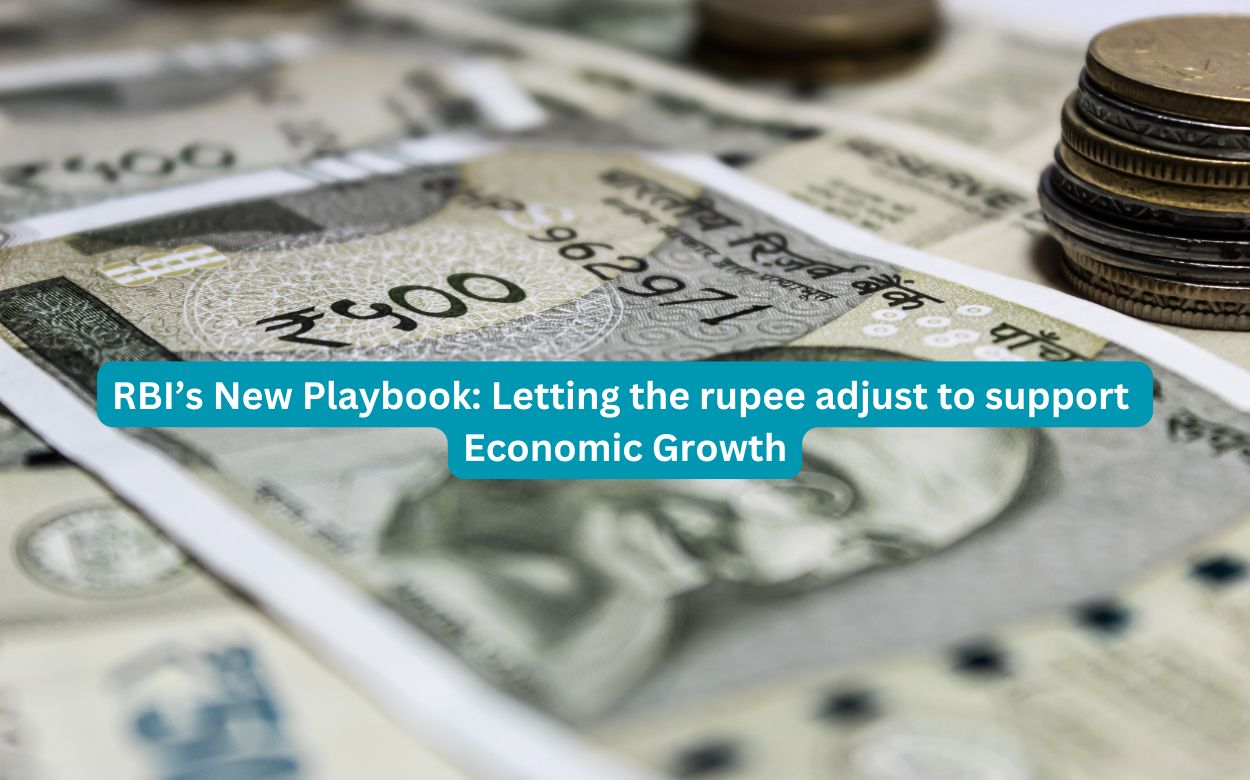The rupee fell in line with its Asian rivals following President Trump’s implementation of tariffs. However, when the delay in imposition was announced, it did not become as strong. As a result, the rupee exhibits asymmetric behavior. There appears to be an intention to remedy overvaluation further. The new RBI governor has undoubtedly enhanced the tolerance for volatility. The focus is on loosening monetary conditions to assist development, with a willingness to allow the rupee to fluctuate. Following a dismal Q2 GDP result, the need to relax financial conditions became apparent. The RBI’s intervention in the foreign exchange market was a hindrance, draining rupee liquidity from the banking sector and resulting in tighter economic conditions.
As a result, the intervention strategy required modification. The RBI has shifted its position to neutral and has sterilized FX intervention by injecting long-term liquidity via OMOs, Buy-Sell swaps, and longer-term VRRs. All of these actions suggest that a rate drop is almost inevitable.
The government’s budget focused on fiscal output and reaffirmed its commitment to fiscal consolidation by steadily reducing debt to GDP. Less government expenditure is terrible for growth; therefore, monetary policy will have to carry more responsibility for keeping GDP on pace.
Lowering interest rates is critical for boosting private consumption and kicking off a private capex cycle. Furthermore, allowing the rupee to adapt will provide a natural barrier against dumping. This would defend the interests of local producers because nations unable to compete in the US market due to tariffs would seek alternative markets to dump their products.
Finally, a lower rupee will result in more MTM gains, making it easier for the RBI to retain capital for market risk by the economic capital framework as the fiscal year approaches. As a result, the RBI can send the entire current year excess to the government as a dividend. We expect the rupee to move in tandem with the Yuan during periods of dollar strength and to underperform during periods of dollar weakness, as the RBI may want to maintain a firm floor to rectify overvaluation and rebuild the Reserve Fund. The rupee may move more symmetrically after another 1.5-2% rectifies the overvaluation.

